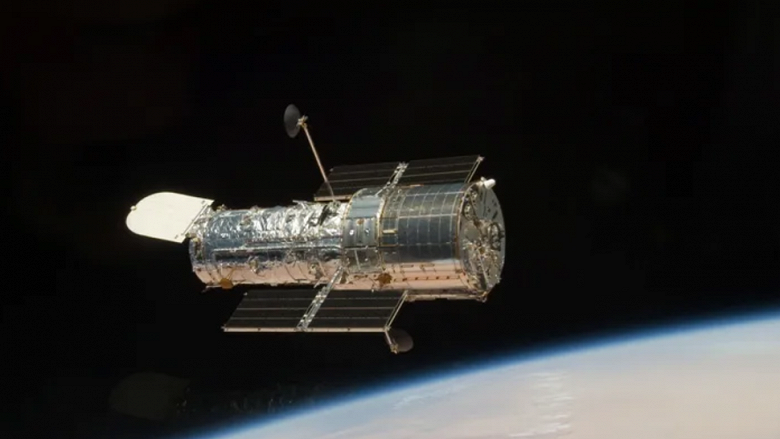The space telescope is still working properly, despite problems with the gyroscope
34 years have passed since the Hubble Space Telescope ended up in low-Earth orbit. It now lies approximately 515 kilometers above our planet, exposed to solar radiation, harsh space conditions, and micrometeoroid impacts, while providing spectacular and textbook-altering images of the universe.
4 June NASA announced that «Hubble» One of the three gyroscopes failed. Gyroscopes play a critical role in maintaining the telescope's orientation.
As a result of this malfunction, the telescope is now operating in single gyro mode, with a second backup gyro remaining on standby. This solution is expected to allow the telescope to operate until the mid-2030s.
However, in the future before «Hubble» there are many uncertainties. Decreasing its orbit will eventually make it impossible to use. Besides, the telescope itself is simply getting old.
There are two main options for the future of Hubble. First, you can take advantage of the orbital decline and perform a controlled entry into the atmosphere, as a result of which most of the telescope will burn up. Secondly, «Hubble» can be launched into a higher orbit to extend its service life. This may also provide time to consider a larger maintenance mission like those conducted in the past.
In 2022, billionaire Jared Isaacman proposed a plan to «save «Hubble» via a commercial mission that will be carried out in collaboration with SpaceX. However, NASA decided not to proceed with this plan. NASA Director of Astrophysics Mark Clampin said the in-depth analysis, conducted in collaboration with potential partners, provided valuable insights for the development of future commercial technology missions. service.
Despite active controversy and debate, the future of «Hubble» remains uncertain. Whether this legendary telescope will continue to provide stunning images of the universe or whether it will meet a premature end remains to be seen.
While the failure of one of the gyroscopes is a concern, NASA believes the telescope is still capable of high-level operation into the late 2020s or even early 2030s. Therefore, the agency decided to delay the commercial maintenance mission until it was clearly needed.
The feasibility study identified a number of risks associated with such a mission, including the possibility of premature loss of scientific data and problems that could interfere with the operation of the telescope. Patrick Crouse , project manager «Hubble» at NASA's Goddard Space Flight Center, noted that even small amounts of volatile substances brought onto a telescope's mirror during a maintenance mission could compromise its sensitivity.
In addition, the very process of approaching, docking and undocking with «Hubble» represents a complex and risky operation, especially for a spacecraft that has never visited a telescope before.
«The last time we flew to "Hubble" on the Space Shuttle, and that was quite a long time ago. Many of the people who were active in the early service missions have retired», — said Mark Clampin, director of NASA's Astrophysics Division. Clampin stressed that the agency has not ruled out the possibility of a commercial maintenance mission in the future. However, at the moment it believes that the risks of such a mission outweigh the potential benefits, especially since Hubble still works well.
«The probability of launching at least one gyroscope before 2035 is more than 70%. Therefore, we do not believe that "Hubble" is living his last days», — Krause said.

